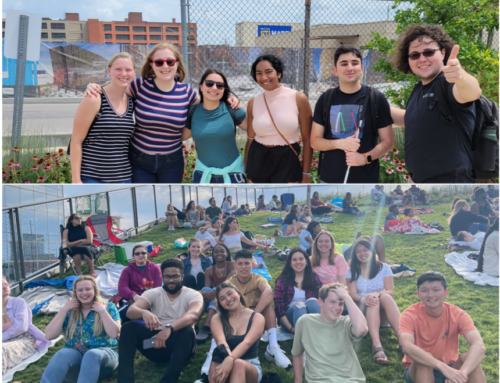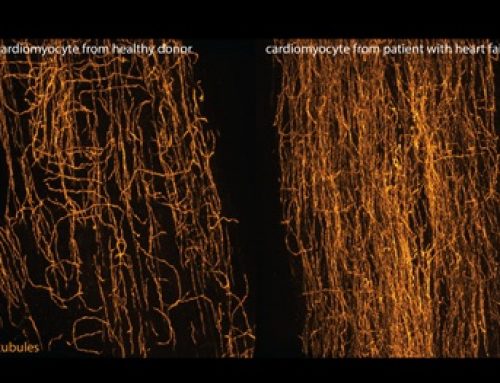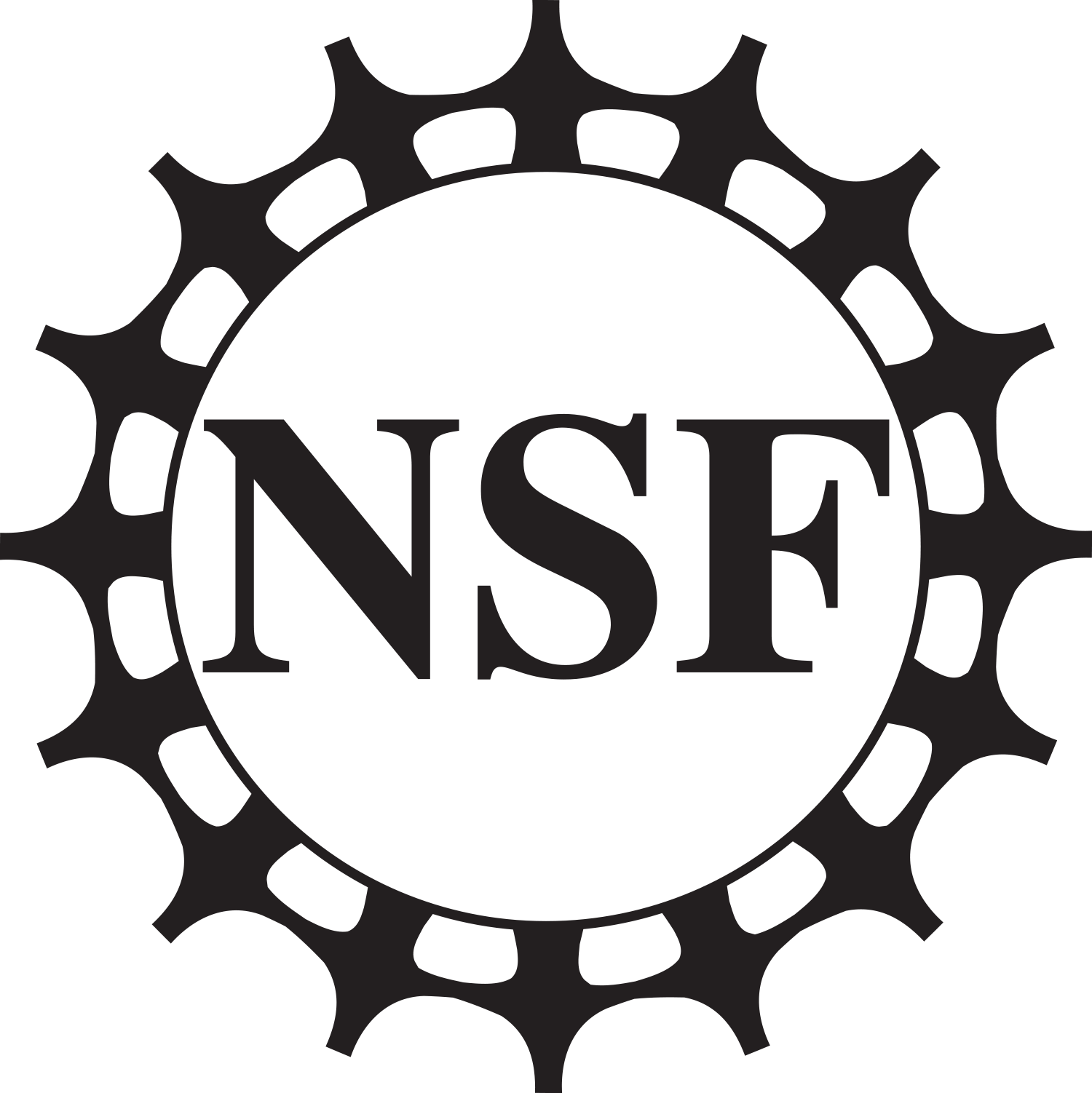(News item prepared by Patricia Widder, Wash U)
The Washington University in St. Louis cohort of the CEMB Undergraduate Research Program had a productive and successful summer, with a full schedule of research, education, and outreach. The 10-week program brought five students from four different universities to Wash U’s campus to work and learn in CEMB member research labs.
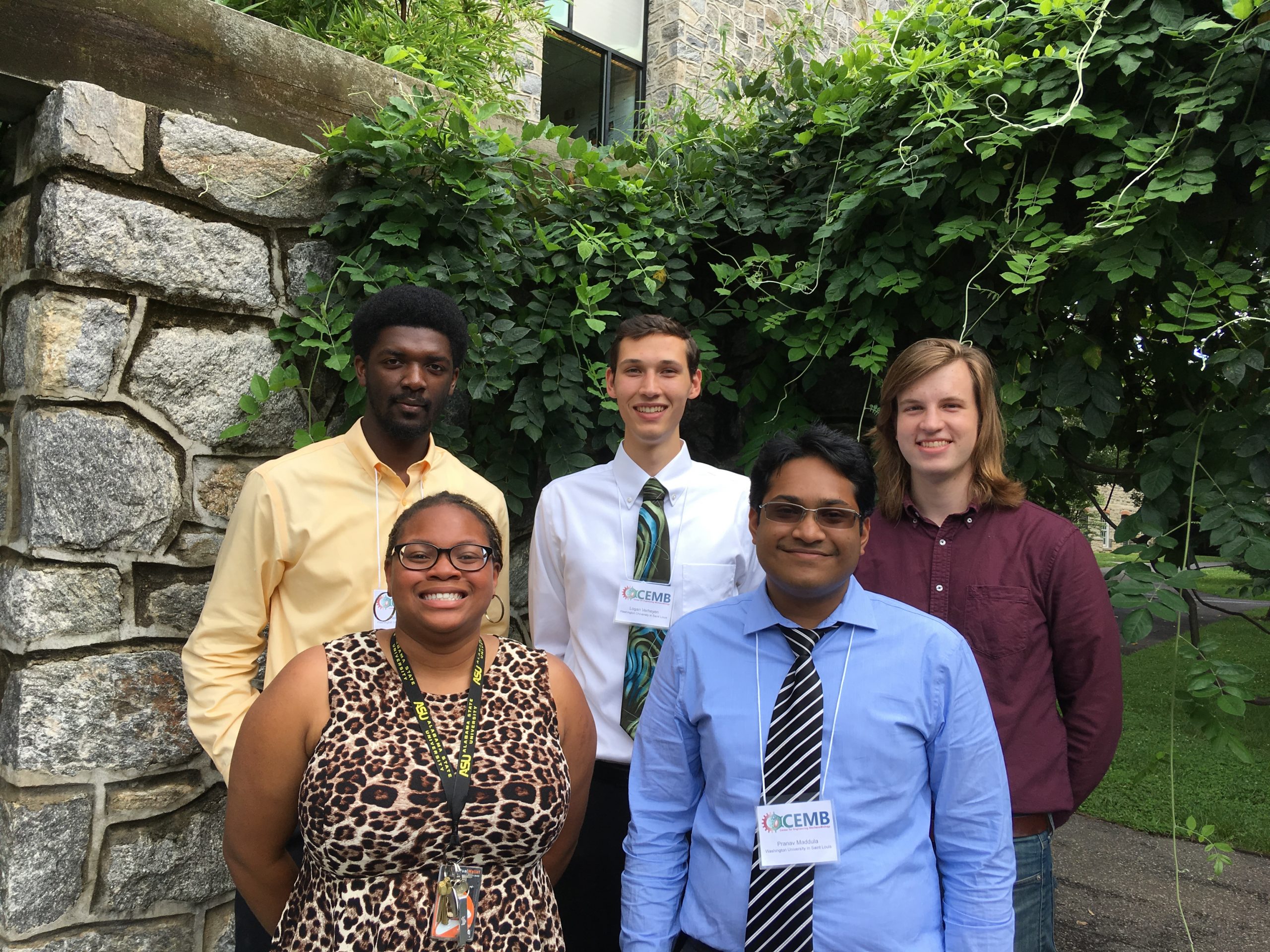
1. WashU 2018 CEMB REU students. Front row: Alexis Scott, Pranav Maddula. Back row: Reid Chunn, Logan Verheyan, Thomas Ellison.
Embracing the Learning Curve
In their individual research labs, the students worked on projects ranging from developing tissue scaffolds, to creating new techniques and apparatus for necessary lab work, to data analysis of the Arabidopis genome. As most of the students came to the program with engineering backgrounds, they each had a steep learning curve to become familiar with the terminology and techniques of their labs. But this was a bonus, not a hardship. “My favorite thing about the program was the density and speed of new learning,” said REU student Pranav Maddula. “It would have taken me a year to learn that amount of material on my own.”
Professional Development Experiences
As an educational component, WashU REU students participated in several lunchtime learning events, including an in-depth study of research manuscripts, where they worked with a technical writing expert to analyze the elements of a journal article. With one on one coaching from Science Writing Specialist Marta Wegorzewska, the students each crafted an abstract of their research work.
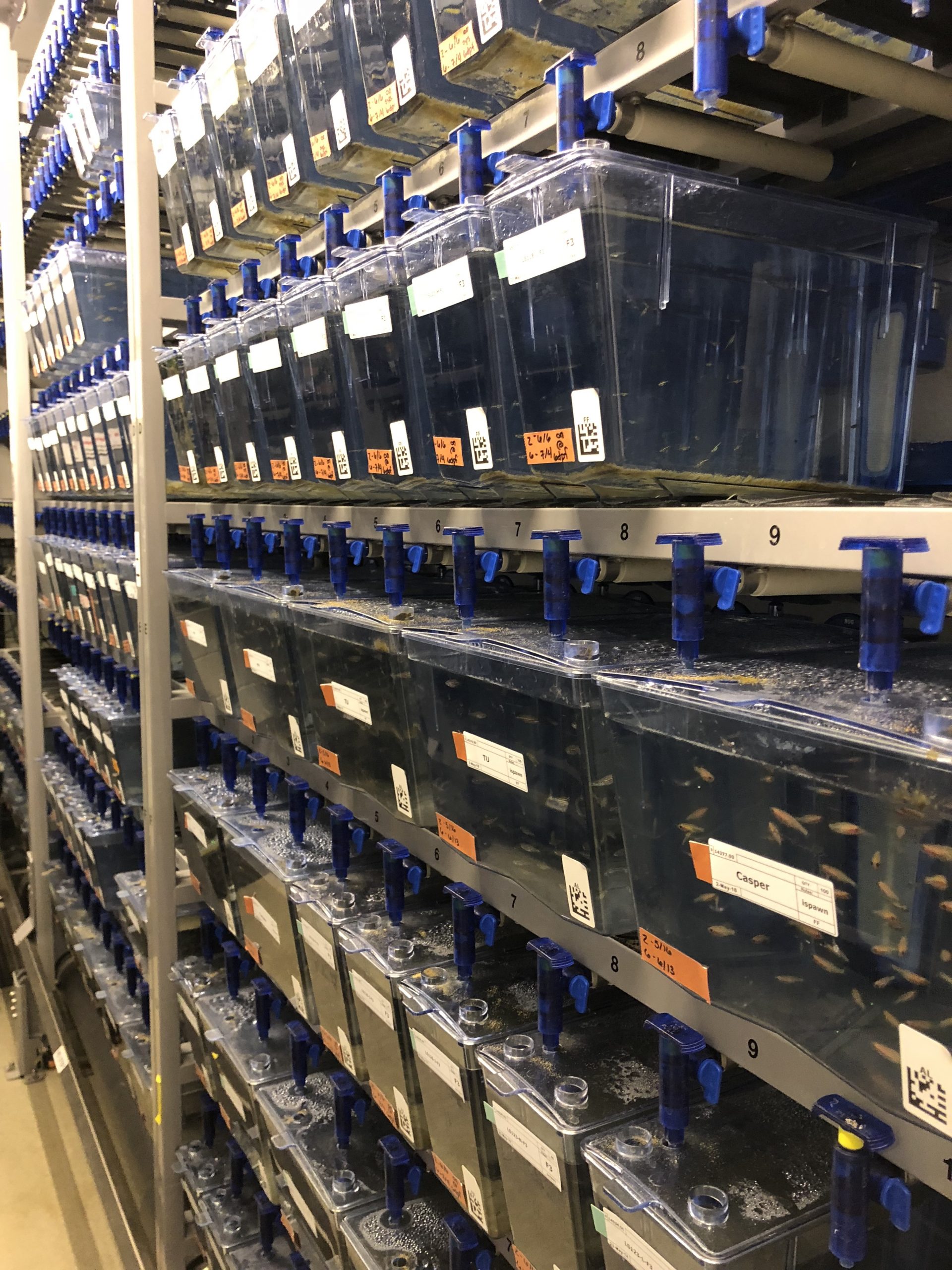
2. Incubators at the Zebrafish Consortium, Washington University School of Medicine.
In addition to manuscript analysis, the students learned about keeping a lab notebook, introducing colleagues at an event, using library resources for an effective literature search, and creating an effective poster. The students also joined with the BioSURF group for a Research Ethics course.
Our REU students were also able to explore some of the other research facilities in St. Louis, highlighted by a visit to the Zebrafish Consortium facility at Washington University School of Medicine, and an intern event at the National Great Rivers Research Center, located at the confluence of the Mississippi and Missouri Rivers.
REU Students Teach Biophysics with Venus Fly Trap Lab
A highlight of our summer was an outreach event with the WashU High School Pre-Engineering Institute. The REU students prepared and presented a lab exercise for the high school students that used Venus Fly Traps as models of engineering mechanobiology. The students learned about the electrical and mechanical activity that occurs when a fly trap is triggered. They learned that feeding the Venus Fly Traps causes growth due to buckling, and then they measured and recorded the action potentials generated when the traps are triggered.
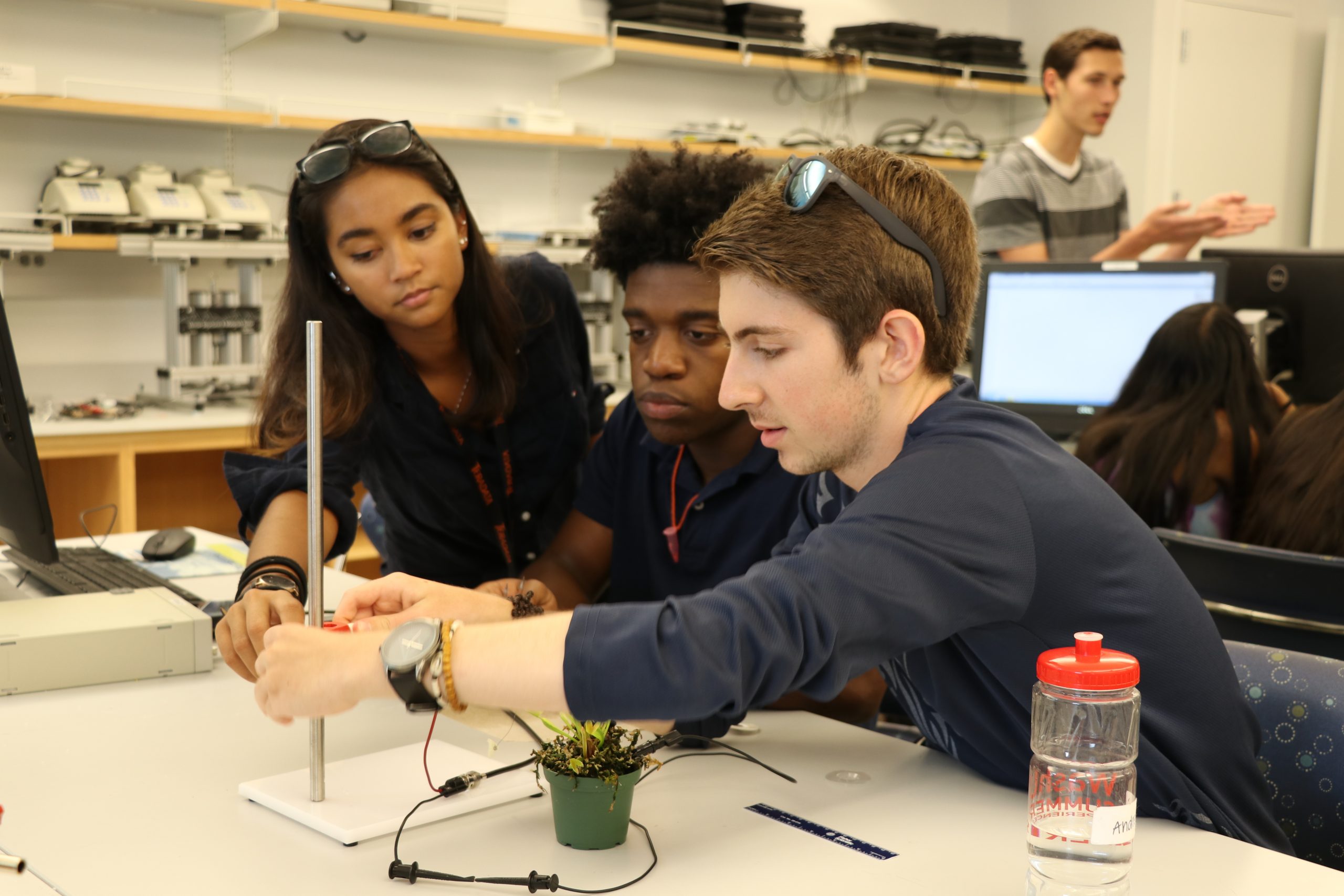
3. High school students measure action potentials during Venus Fly Trap activity.
Summer Conclusion: Poster Session and Retreat
The summer concluded with presentations at the CEMB annual retreat, held at Swarthmore College. The students presented posters of their research and met with CEMB faculty and students from the member institutions. The retreat offered students an opportunity to see their summer projects in the context of the broader field of mechanobiology and CEMB’s center culture. For some students, the retreat was a unique chance to network with world-class researchers and experience their first professional conference.
Thank you to the CEMB and the faculty, mentors, and staff who made this experience possible for these undergraduate researchers!

